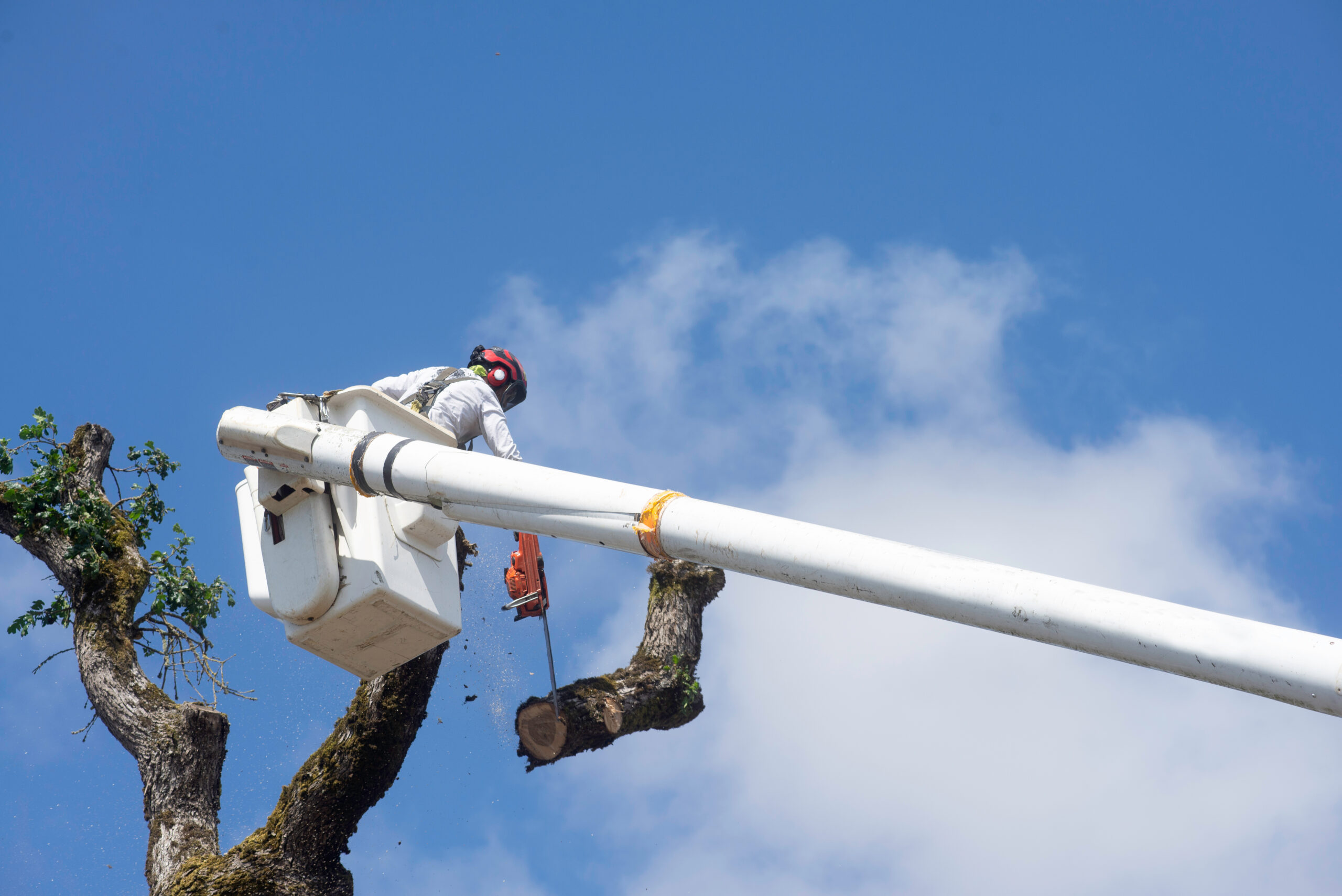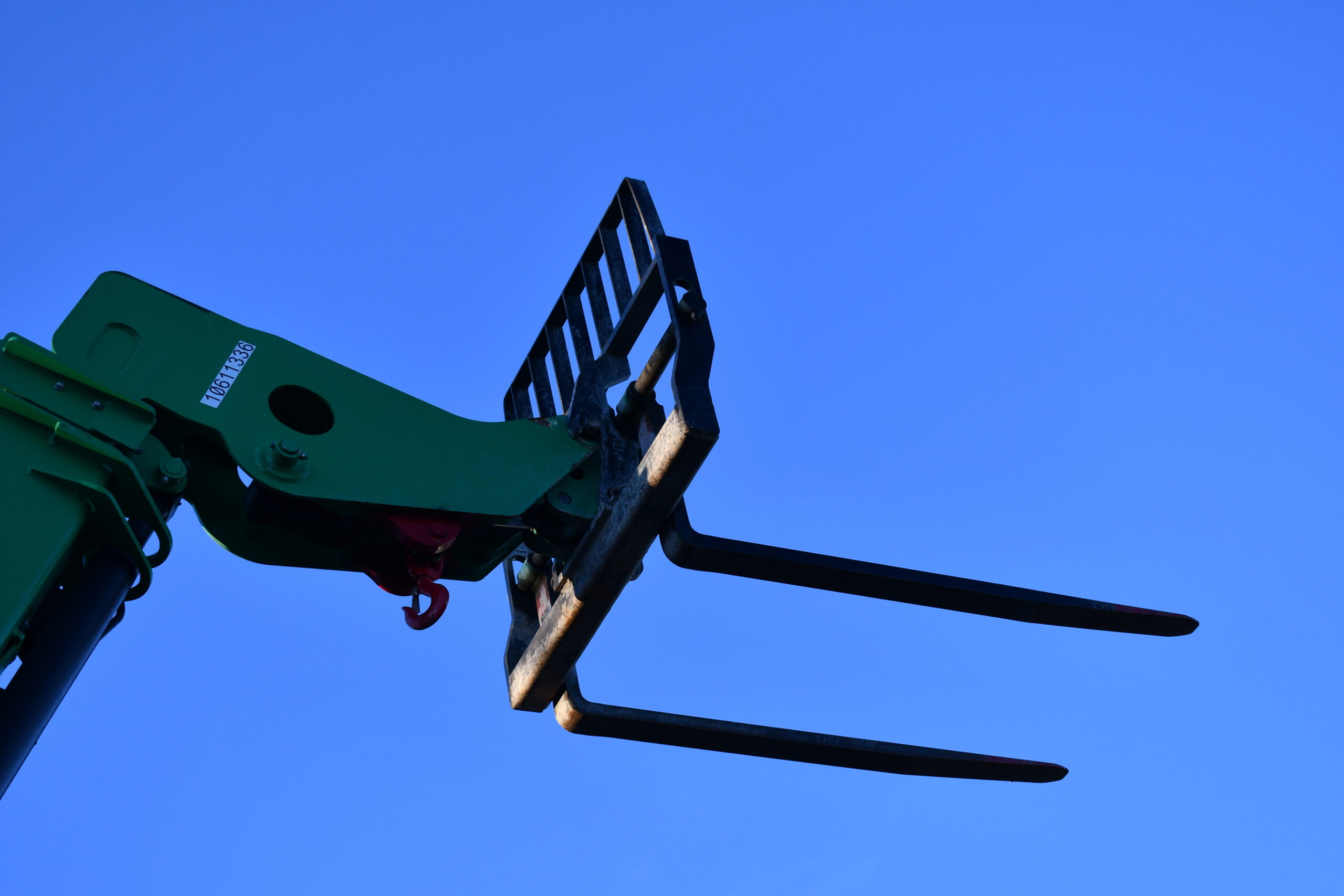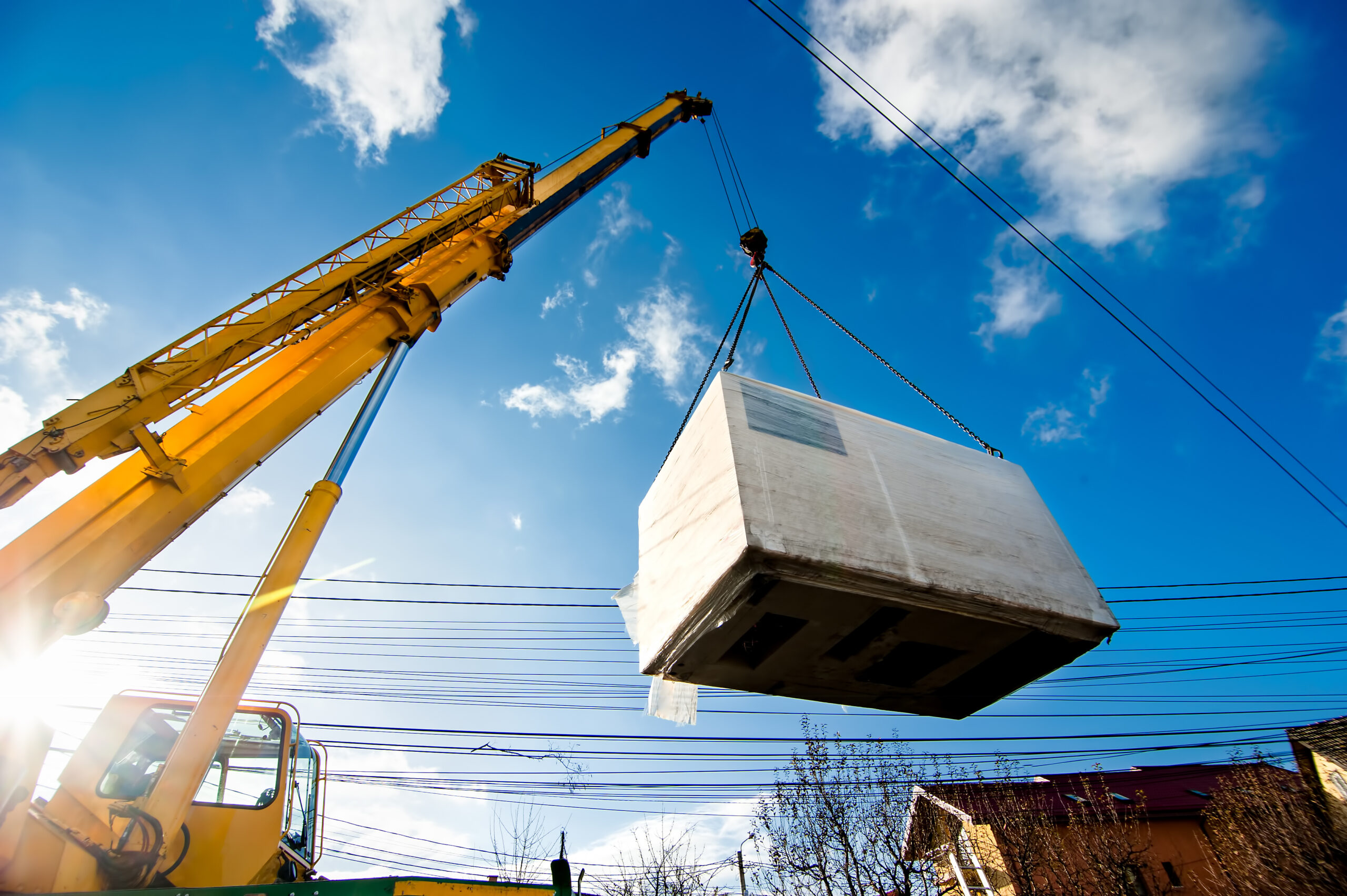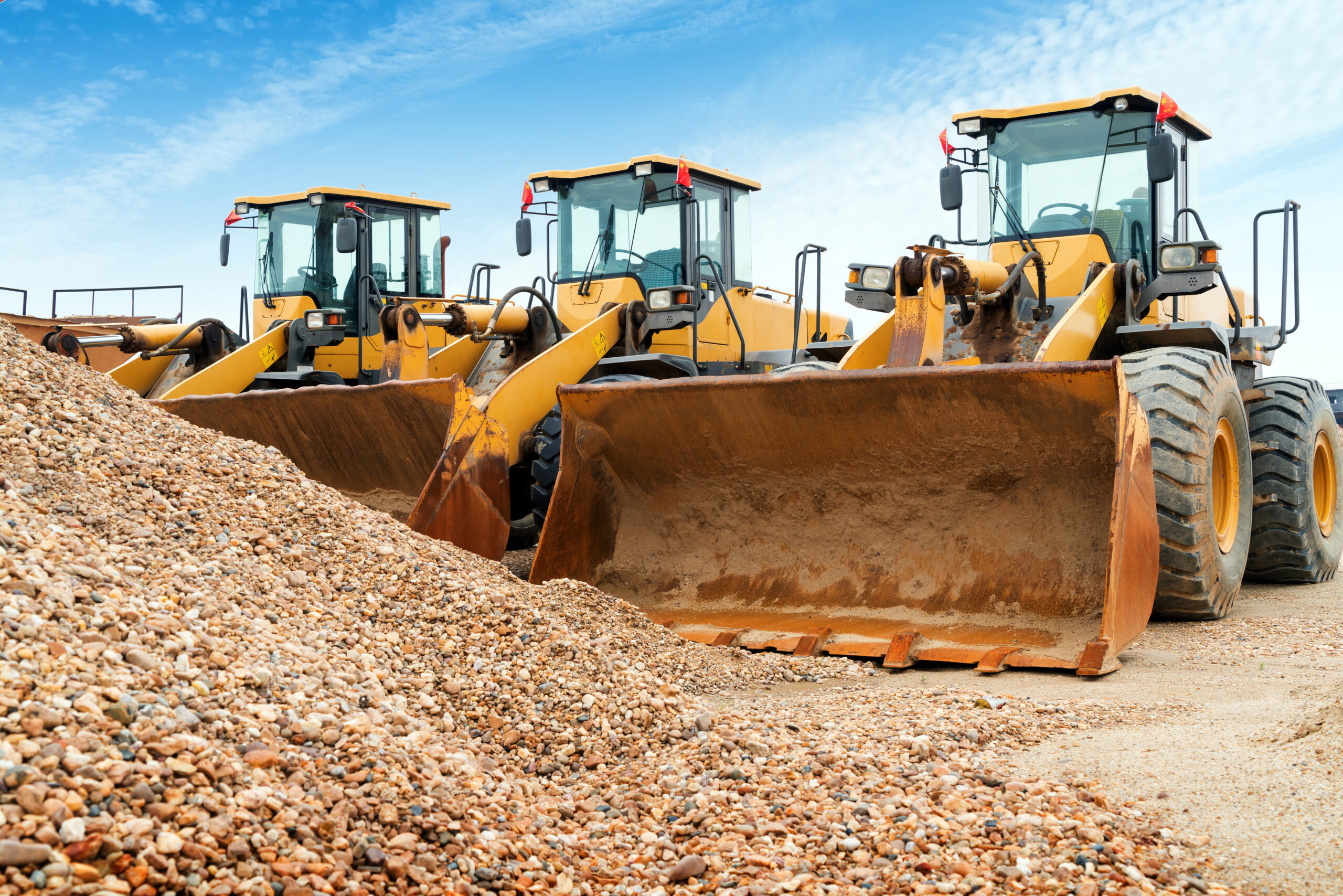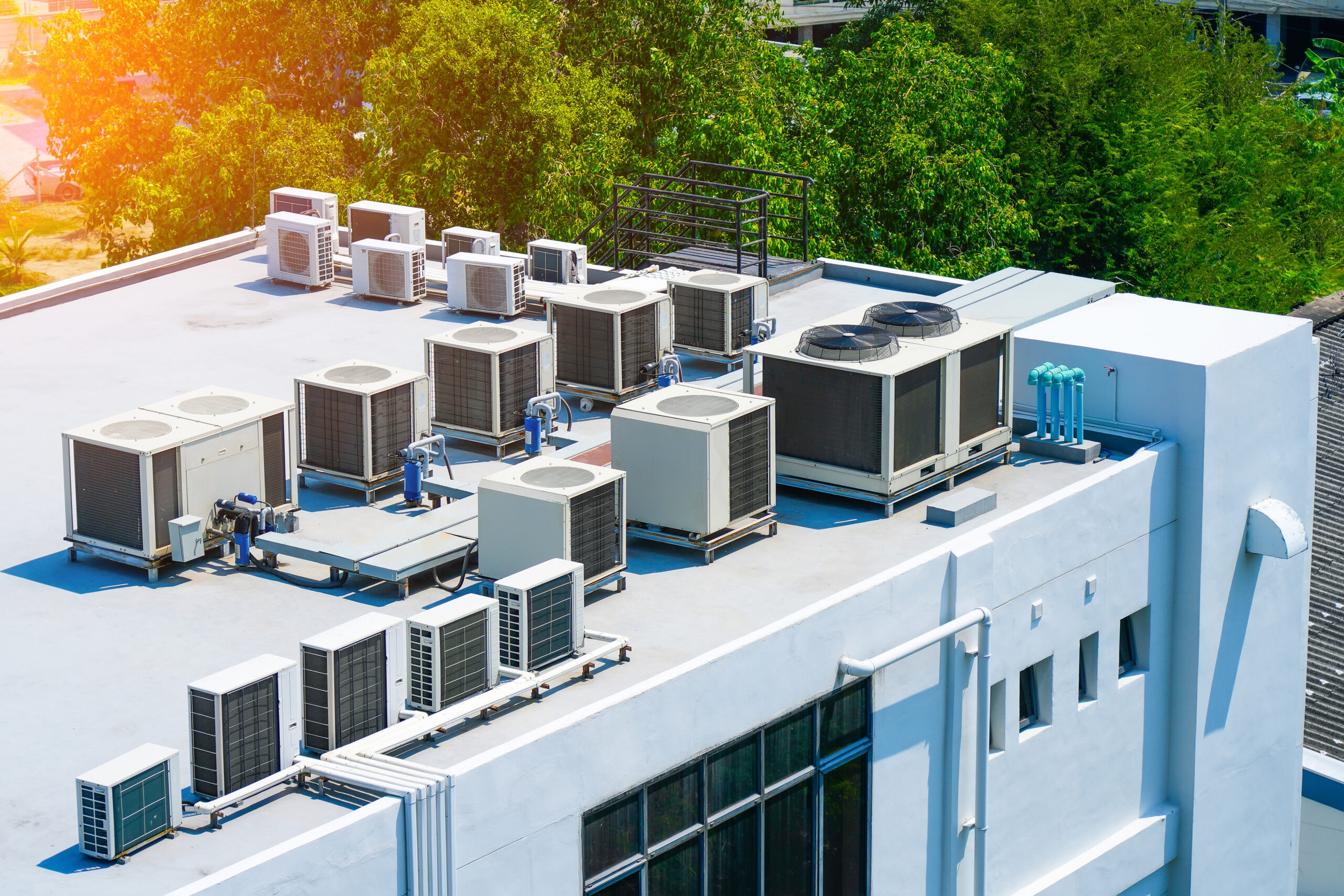
Plan Your HVAC Crane Lift the Right Way
Replacing or setting a rooftop unit should not be a guessing game. A solid plan keeps your crew safe, protects the building, and prevents costly delays. This guide gives you a practical HVAC crane lift checklist that focuses on three areas that make or break an RTU job: staging, roof access, and weather. Whether you are a mechanical contractor, GC, or facilities manager, use this checklist to coordinate deliveries, line up the crane, and lock in a lift window with confidence.
American Erecting & Ironworks is a second-generation, family-owned company in Racine, Wisconsin. Since 1991 we have provided crane services, machinery moving, and steel erecting across Racine, Kenosha, and Milwaukee counties, and parts of Lake County, Illinois. Our NCCCO-certified operators, late-model cranes, and well-maintained support equipment make your HVAC crane lift smooth and safe from the first call to final set. For questions or to schedule, call (262) 637-7177.
Quick RTU Lift Checklist
- Confirm RTU weights, dimensions, center of gravity, and rigging points.
- Approve the lift plan, crane configuration, and ground bearing data.
- Choose a staging area that fits trucks, rigging, and laydown without blocking egress.
- Coordinate roof access, fall protection, and roof protection materials.
- Verify weather thresholds and a backup date for wind, rain, or lightning.
- Pull required permits and notify the building, neighbors, and utility companies.
- Establish a communication plan with a qualified lift director and signal person.
- Complete a pre-lift meeting, test lift, and final inspection of the landing zone.
- Secure, set, and align the curb adapter and RTU, then remove rigging and debris.
- Document the lift with photos, sign-off sheets, and daily crane logs.
Pre-Planning Essentials
Scope and Measurements
Start with accurate data. Confirm the exact model of the RTU, delivery timing, and whether you are removing an old unit. Measure the roof edge height, distance from the crane setup area to the set point, and any obstructions such as parapets, trees, overhead lines, or nearby buildings. Clarify whether you will use a curb adapter and how it will be sealed. Share clear photos and a simple site sketch so your crane partner can size the crane efficiently.
Load Data and Rigging
Get the actual shipping weight from the manufacturer, not just a brochure estimate. Identify the center of gravity and preferred lift points. Decide on spreader bars, softeners, and tag lines. If the unit has fragile panels or thin top skins, pad all contact points. For multi-piece lifts, sequence the order and label each piece. American Erecting & Ironworks can advise on rigging configurations that protect the unit and meet rated capacities.
Permits, Insurance, and Notifications
Plan ahead for street or sidewalk closures, alley use, and no-parking zones. Many municipalities require a right-of-way permit and a traffic control plan. Verify that the crane company carries current insurance and provides a certificate naming your firm and the owner as additional insureds if needed. Notify building management, tenants, and neighbors of the crane date, start time, and any access restrictions. Call utility companies if you need confirmation of power line voltages or temporary shutdowns.
Schedule and Crew
Choose a lift window when the site is least busy. Early mornings often give you calmer winds and less traffic. Confirm availability of the crane, operator, oiler or rigger, mechanical crew, and roof crew. If night or weekend work reduces business disruption, consider it. American Erecting & Ironworks can accommodate holiday and weekend hours for tight timelines.
Staging and Site Logistics
Delivery and Laydown
Designate a laydown area for the RTU, curb adapter, rigging, and debris. The space should be level, close to the crane, and outside fire lanes. Mark it with cones and signage before the truck arrives. Confirm delivery truck size and access route, including turning radii and low clearances. If you need a forklift to offload or move components, American Erecting & Ironworks can provide forklifts with or without rigger booms, rough terrain telehandlers, and genie boom lifts under flexible rental terms.
Traffic and Public Safety
Set up barricades, caution tape, and spotters to keep pedestrians and vehicles out of the crane operating radius and swing path. Post signs for detours or temporary closures. Assign a single point of contact to coordinate deliveries and direct traffic. Keep emergency vehicle routes open and communicate any temporary closures to local authorities if required by your permit.
Ground Conditions and Crane Pads
Crane stability depends on ground bearing capacity. Identify underground utilities, basements, voids, or recently backfilled areas. Provide compaction data if available. Plan for crane mats or steel plates where needed. Your crane provider should supply an outrigger load analysis. American Erecting & Ironworks will review ground conditions and bring the right pads to protect pavement and distribute loads safely.
Utilities and Overhead Hazards
Overhead power lines, lights, and signs can limit crane placement and boom movement. Maintain proper clearance from energized lines and consider de-energizing if required by the utility. Also watch for tree canopies and roof-mounted antennas. Mark any hazards on your site plan. Review underground gas, water, and fiber locations before you drive outriggers or mats.
Roof Access and Protection
Access Points
Confirm how the crew will reach the roof. If using a fixed ladder or roof hatch, verify it is in good condition and sized for safe passage of tools and materials. If using a stairwell or elevator, protect interior finishes and plan a route for moving the curb adapter, duct pieces, or panel sections if they are not flown by crane. Check that doors and gates will be unlocked at start time.
Fall Protection and Safety
Set perimeter warning lines and guard the landing area. Provide anchor points or a mobile fall protection cart if crew members will work near the roof edge. Ensure everyone on the roof knows the signal person and the emergency plan. Confirm that harnesses, lanyards, and hard hats are in good condition. Brief the team on the swing radius and no-go zones around the landing area.
Roof Protection and Structural Checks
Protect the roof membrane with walk pads or plywood at high-traffic areas. Place pads under curb adapters and under skids if you will stage materials on the roof. Verify that the roof structure can support the RTU load and any temporary loads during staging. If you need additional steel, American Erecting & Ironworks supplies steel beams and columns in various sizes within Wisconsin and can install them as part of a coordinated scope.
Landing Area and Curb Prep
Clean and clear the landing area. Remove old sealant, debris, and fasteners before the lift. Dry fit the curb adapter if possible. Confirm gasket thickness, fastener type, and sealant. Have tools staged, including drills, bits, sealants, shims, and a vacuum for debris. Align the adapter to the duct opening and mark orientation so the crane can place the unit accurately on the first try.
Weather Planning for an HVAC Crane Lift
Wind
Wind is the most common reason lifts are postponed. Agree on a maximum wind speed at boom tip for your operation. Many RTU picks target 20 to 25 mph as a hard stop, with lower limits for larger surface areas or long radii. Monitor sustained winds and gusts. Tag lines reduce spin, but do not gamble with crosswind at high radii. Ask your crane partner to provide expected wind ratings for the planned configuration.
Temperature and Precipitation
Cold weather affects hydraulic performance and rigging flexibility. Rain increases slip hazards and can degrade roof adhesives. Snow and ice add weight and reduce footing. Plan to clear snow from the roof and staging areas. Keep absorbent mats on hand for water control. In extreme heat, schedule earlier start times and add water breaks to prevent heat stress.
Lightning and Visibility
Any lightning within a safe radius requires standing down. Fog, heavy snow, or low clouds can limit visibility for the signal person and operator. Establish a weather watch and do not start a pick if you cannot maintain clear line-of-sight or reliable radio contact.
Forecasting and Backup Dates
Track the forecast 7 days out and reconfirm 24 hours before the lift. Set a backup date on the calendar when you book the crane. Communicate the go or no-go decision early on lift day to avoid wasted travel and downtime. American Erecting & Ironworks works with you to choose the best window and to pivot quickly if wind or storms roll in.
Crane Setup, Rigging, and Communication
Crane Configuration
Choose a crane that meets the radius, height, and weight demands with safety margin. Verify counterweights, boom length, jib requirements, and line pull. Confirm that the crane can reach all set points without repositioning. Provide a rigging sketch and lift plan for review. Our operators at American Erecting & Ironworks often recommend small adjustments in crane placement that save time and improve safety.
Rigging Plan
Inspect slings, shackles, spreaders, and hooks. Check tag line lengths and attachment points. Use softeners to protect RTU edges. Level the load with adjustable rigging if the center of gravity is offset. Label rigging for each lift so the crew can stage the next pick while the current one is in the air.
Signal Plan and Radios
Assign a single qualified signal person. Verify hand signals and radio channels during the pre-lift meeting. Conduct a radio check with all parties: operator, signal person, ground crew, and roof crew. Establish clear commands for stop, emergency stop, drift correction, and set-down.
Test Lift and Documentation
Do a test pick a few inches off the ground to confirm balance, rigging angle, and communication. Check the swing path for obstructions. Document the lift in a daily log with crane setup details, weather, and personnel. Take photos of the set and the final alignment for your records.
Day-of-Lift Timeline
- Crane arrival, site orientation, and safety talk.
- Crane setup, outrigger pad placement, and level checks.
- Rigging inspection and test lift.
- Remove old RTU if applicable. Lower to laydown and secure for disposal.
- Set the curb adapter. Verify alignment, fasteners, and sealant.
- Fly the new RTU. Use tag lines to control spin. Land gently and confirm gasket compression.
- Final set and fasten. Remove rigging and verify clearances around gas, electrical, and duct connections.
- Demobilize crane, remove barricades, and clean the site.
- Complete documentation and sign-off with the lift director.
Common Mistakes to Avoid
- Assuming brochure weights instead of verifying actual shipping weight.
- Skipping a site visit or updated photos and missing new obstructions.
- Setting the crane on unverified ground without mats or plates.
- Forgetting fall protection or roof protection for high-traffic zones.
- Failing to establish a single signal person and radio protocol.
- Not planning for wind limits or backup dates.
- Overlooking traffic control needs for alley or street closures.
- Underestimating the time needed to remove the old unit and prep the curb.
Why Contractors Choose American Erecting & Ironworks
American Erecting & Ironworks brings over 30 years of experience to each HVAC crane lift. Our fleet includes late-model cranes sized for RTU work, tractor-trailers for transport, and support equipment that keeps your schedule moving. All operators are NCCCO certified and trained to high safety standards. We collaborate with your field team to right-size the crane, plan the lift radius, and stage the site so that the pick is predictable and efficient.
Beyond crane services, we offer equipment rental, machinery moving, and steel services that complement your HVAC projects. If you need a telehandler to position curb adapters, we can rent one on daily, weekly, monthly, or extended terms. If your job calls for setting new steel under the rooftop, our steel sales team can supply beams and columns locally within Wisconsin, and our ironworkers can erect them. If the project involves moving large mechanical equipment through tight interiors, our machinery moving crew can relocate it safely while minimizing downtime. One call to American Erecting & Ironworks provides a coordinated plan from street to roof.
Areas We Serve and How to Contact Us
We serve Racine, Kenosha, and Milwaukee counties in Wisconsin, along with parts of Lake County, Illinois. Our headquarters is at 2108 Clark St, Racine, WI 53403. Office hours are Monday through Friday, 7:00 AM to 4:30 PM.
Call American Erecting & Ironworks at (262) 637-7177 to discuss your HVAC crane lift, confirm availability, or request a quote. For more information, visit AEAIWI.COM. Our team will help you choose the right crane, plan a weather window, and coordinate the staging and roof access steps that keep your job safe and on schedule.
FAQ: HVAC Crane Lift and RTU Replacements
How far in advance should I schedule a crane for an RTU lift?
Two to three weeks is a good target for standard lifts. During peak seasons, book earlier to get your preferred date and time. If you need a street closure or utility coordination, plan more lead time. American Erecting & Ironworks works to accommodate fast-track projects when possible, including weekend and holiday lifts.
What information does the crane company need?
Provide RTU weight and dimensions, pick radius and height, site photos, delivery timing, and any obstructions. Share your roof access plan, fall protection plan, and whether you are removing an old unit. With this information, we can size the crane, bring the right mats, and map out a safe swing path.
What wind speed cancels an RTU lift?
The limit depends on the crane, radius, and surface area of the load. Many projects stop around 20 to 25 mph gusts, with lower thresholds for very large units or long booms. Always follow the crane manufacturer limits and the operator’s judgment. If wind is close to the limit, American Erecting & Ironworks can help reschedule to a safer window.
Do I need to protect the roof during the lift?
Yes. Use walk pads or plywood where crews will work, and protect edges near the landing zone. Pad any areas where tools or components may sit temporarily. Roof protection prevents punctures and keeps membranes clean for proper sealing of the curb adapter.
Can you help with moving equipment inside the building?
Yes. Our machinery moving team can relocate heavy equipment safely through tight spaces and on sensitive floors. We plan routes, provide rigging, and schedule work around your plant operations to reduce downtime.
What if I need steel under the roof to support a heavier RTU?
American Erecting & Ironworks supplies steel beams and columns in various sizes and can install them to meet your structural requirements. Coordinating steel, crane, and rigging under one roof simplifies scheduling and reduces change orders.
Get Your Free RTU Lift Checklist
Make your next HVAC crane lift simple and safe. Use this checklist to plan staging, roof access, and weather contingencies, and to communicate with your crew and your crane partner. For a printable version and help customizing it to your site, contact American Erecting & Ironworks at (262) 637-7177 or visit AEAIWI.COM. Our team is ready to help you avoid delays and hazards, from the first site photo to the final set.


